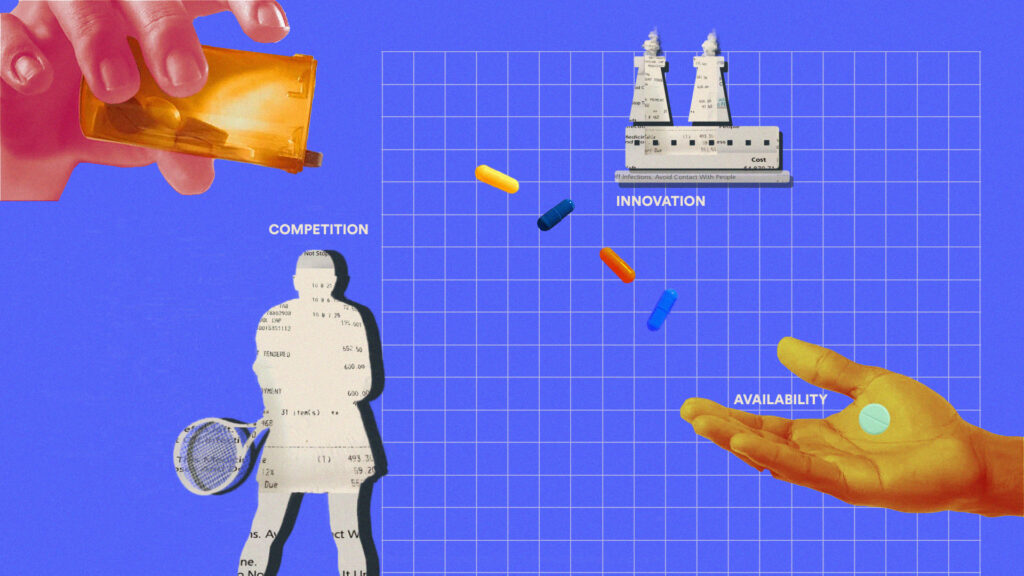This is Part 1 of “Behind the Counter,” an in-depth video series demystifying the complex world of patents and drug pricing.
Prescription drug costs are remarkably higher in the United States than in other countries, so it’s no surprise that more than half of U.S. adults say they are worried about being able to afford their medications. These high costs have led many people to skip doses, take less than the prescribed amount, delay filling prescriptions, and even go without treatment altogether.
advertisement
But why are prices so high in the first place? And why is it so hard to rein them in?
In this video series, we take you behind the pharmacy counter to explore the factors involved in pricing prescription drugs. We look at how a complex relationship between drugmakers, insurers, and pharmacy benefit managers contributes to increasing drug costs. We also do a deep dive on drug patents — how they’re obtained, how they’re used, and how they can mean the difference between a drug costing hundreds of dollars or the equivalent of a cup of coffee.
Part 1 presents the 30,000-foot view of this landscape, in which the rules for competition and innovation can help incentivize drugmakers to produce crucial medicines, but these incentives can also harm patient access and public health. Conversely, fewer incentives can mean the development of fewer treatments, which can also harm people in need.
This all presents a central question that we’ll return to throughout the series: How do we balance the demands of the pharmaceutical industry with the needs of patients?
advertisement
STAT’s coverage of patent issues is supported by a grant from the Commonwealth Fund. Our financial supporters are not involved in any decisions about our journalism.

